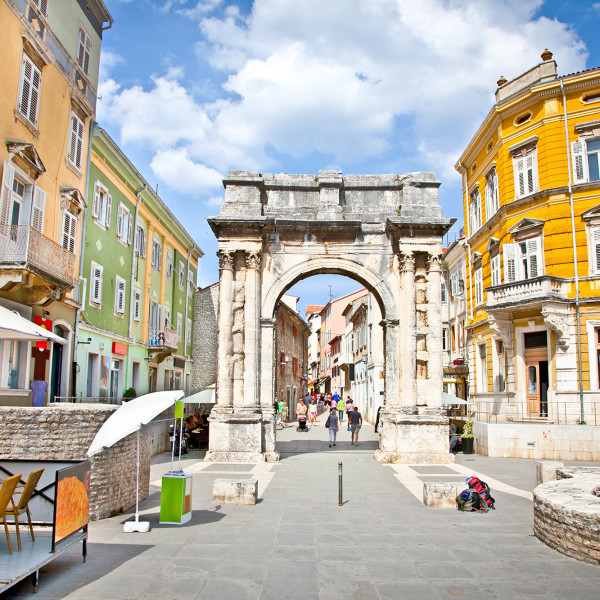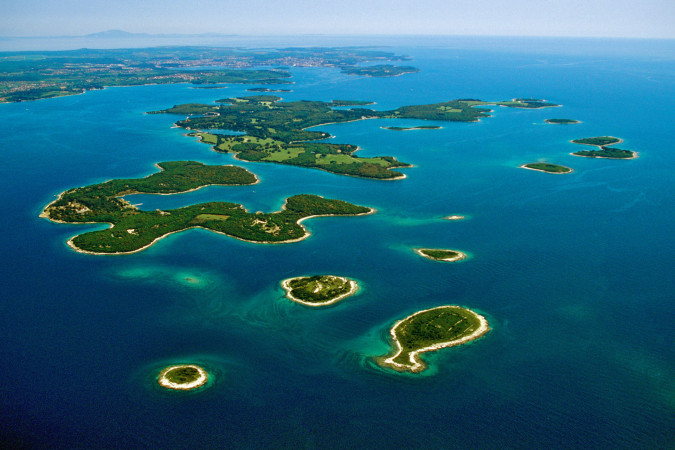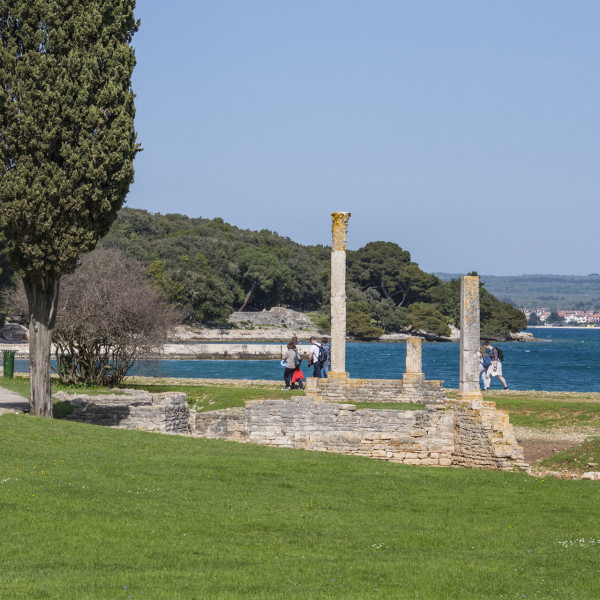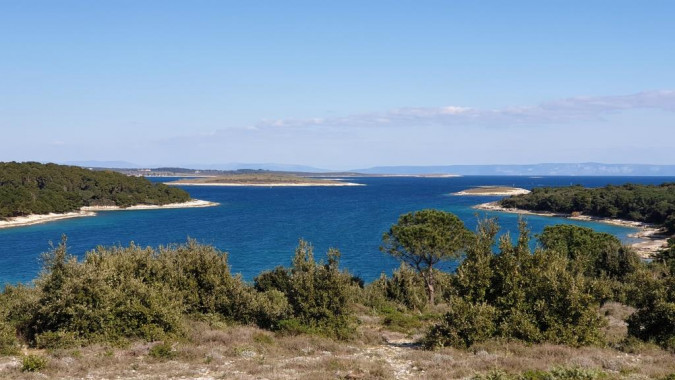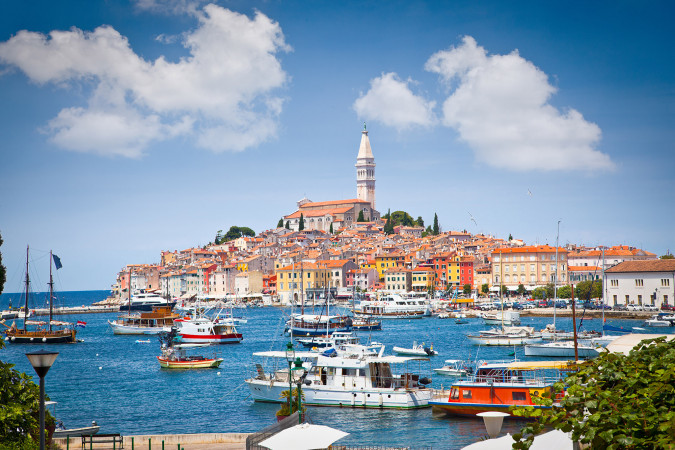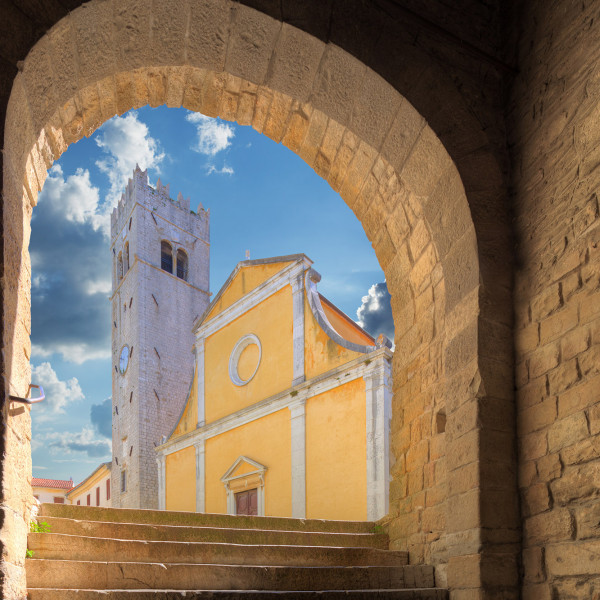Pula
PULA (Pola) is the largest town in Istria. Located at the southern tip of the Istrian peninsula, in the inner part of a wide gulf and a naturally well-protected harbor. It's exact position is at 44 ° 52 'parallel north latitude and 13 ° 51' meridian east longitude at an average altitude of 30 m.
The city has a Mediterranean climate with mild winters and warm summers and average insolation of 2316 hours per year or 6.3 hours per day. Average annual temperature is 13.2 ° C (average temperature is 6.1 ° C in February and 26.4 ° C in July and August) and the temperature oscillations of sea is from 7° C to 26 ° C.
Seven hills surrounding the city od Pula, not only characterize the city it self, but were the foundation of civilization developmed over millennium (hill names are Kaštel, Zaro, Arena, Sv. Martin, Opatija Sv. Mihovila, Mondipola and Pra Grande).
Pula's history dates about 3000 years ago with first hill-fort settlement named fortification Histra on hill Kaštel. From then Pula has alternated many governance. Through most of its history, Pula has experienced many ups and downs, that lasted until the mid-20th century when the city began it's continuous development.
According to the population census from year 2001, Pula has a population of 58,594 inhabitants, that makes Pula ninth most populated city in Croatia. Pula is very well connected with the rest of the Croatian and neighboring Slovenia and Italy. Pula Airport is located southeast of Pula and is connected with many domestic and international destinations. Maritime passenger transport connects Pula with nearby islands and also with Lošinj, Zadar and Venice in Italy (regular line in the summer months).
Developed tourist industry has made Pula one of the most attractive tourist cities in the Crotia and Istria. Benefits for tourism development are primarily the geographic position of the city, the mild Mediterranean climate, preserved natural environment, clean water, good transportation connections, turbulent history and rich cultural and historical monuments.
This has made Pula one of the most attractive tourist destinations on the eastern Adriatic Sea.
Pula is one of the cities with the largest number of well kept monuments from the Roman period.Certainly the most famous monument that marks the city is amphitheater Arena (1st century BC). It' one of the best kept Roman amphitheaters.
Few kilometers away from the city is one of the most famous national parks in Croatia The Brijuni Islands. Many tourist resorts and small picturesque towns such as Vodnjan, Medulin, Ližnjan, Premantura, Peroj, Fažana are in vicinity of Pula.

